Search
01390 CARBURIZATION RESISTANCE OF Fe-25 mass % Cr-38 % Ni-1.8 % Si- 1.5 % Mo ALLOY IN LABORATORY CH4-CO2-H2 GAS ENVIRONMENTS AT 1000~1150°C
Also Purchased
02386 A NEW CARBURIZATION RESISTANT ALLOY FOR ETHYLENE PYROLYSIS FURNACE TUBES
Product Number:
51300-02386-SG
ISBN:
02386 2002 CP
Publication Date:
2002
$20.00
98431 COMPARATIVE CARBURIZATION OF HEAT RESISTANT ALLOYS
Product Number:
51300-98431-SG
ISBN:
98431 1998 CP
$20.00
01392 A LOW COKING AND CARBURIZATION RESISTANT COATING FOR ETHYLENE PYROLYSIS FURNACES
Product Number:
51300-01392-SG
ISBN:
01392 2001 CP
$20.00




